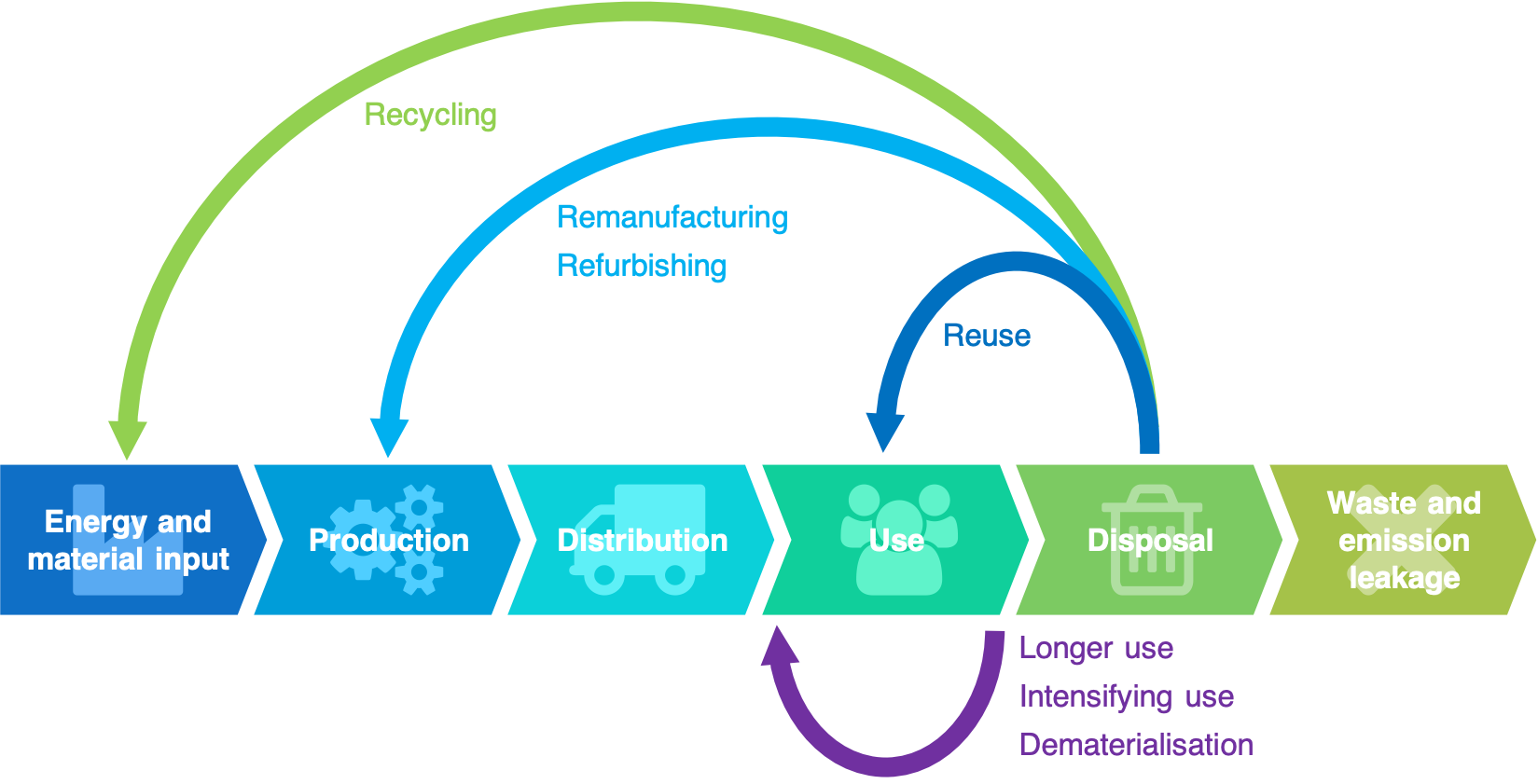Circular Economy: The Path to Sustainable Development
In today's world, the concept of a circular economy is becoming increasingly relevant and important. The current linear model of take-make-waste is no longer sustainable, and the circular economy provides a promising solution.
What is Circular Economy?
A circular economy is a model of economic development that is regenerative and restorative by design. It is based on the principles of reducing, reusing, and recycling materials and resources. The ultimate goal of a circular economy is to minimize waste and maintain the value of resources for as long as possible.

How Does it Work?
The circular economy operates in a closed loop, where resources are kept in use for as long as possible. This can be achieved through a variety of means, including product design, supply chain management, and waste management. The key to success in a circular economy is to keep resources in circulation, rather than allowing them to become waste.
Benefits of a Circular Economy
There are many benefits to adopting a circular economy model, including:
- Reduced Waste: By keeping resources in circulation, a circular economy minimizes the amount of waste generated. This helps to reduce the strain on landfills and the environment, as well as conserving natural resources.
- Increased Efficiency: The circular economy model encourages the efficient use of resources, which results in lower costs and increased profitability. This can help to stimulate economic growth and create new jobs.
- Improved Sustainability: A circular economy helps to promote sustainable development by reducing the use of natural resources and minimizing waste. This can help to preserve the planet for future generations.
- Enhanced Resilience: A circular economy is designed to be resilient in the face of challenges, such as resource scarcity, climate change, and economic fluctuations. By keeping resources in circulation, the circular economy helps to ensure that the economy continues to function even in the face of challenges.
Conclusion
The circular economy offers a promising solution to the unsustainable linear model of take-make-waste. By reducing waste, increasing efficiency, improving sustainability, and enhancing resilience, the circular economy can help to create a more sustainable and equitable future. Adopting a circular economy model requires cooperation and collaboration across sectors, as well as investment in new technologies and infrastructure. However, the benefits to society and the environment make it a worthwhile endeavor.
Recent Posts
-
Expanding Reach and Reliability: ARCA Supply’s Partnership with Electrical Trader
In the electrical supply industry, reliability and access are everything. Our customers value the ab …10th Nov 2025 -
Asset Value Recovery: Unlocking Hidden Gains in the Depreciation Curve
Asset value recovery is often overlooked in traditional models of asset management. While assets …13th Sep 2024 -
Bridging the Supply Chain Gap: How Surplus Can Support Items with Long Lead Times
In today's fast-paced market, managing supply chains for items with long lead times can be tough. …6th Aug 2024






